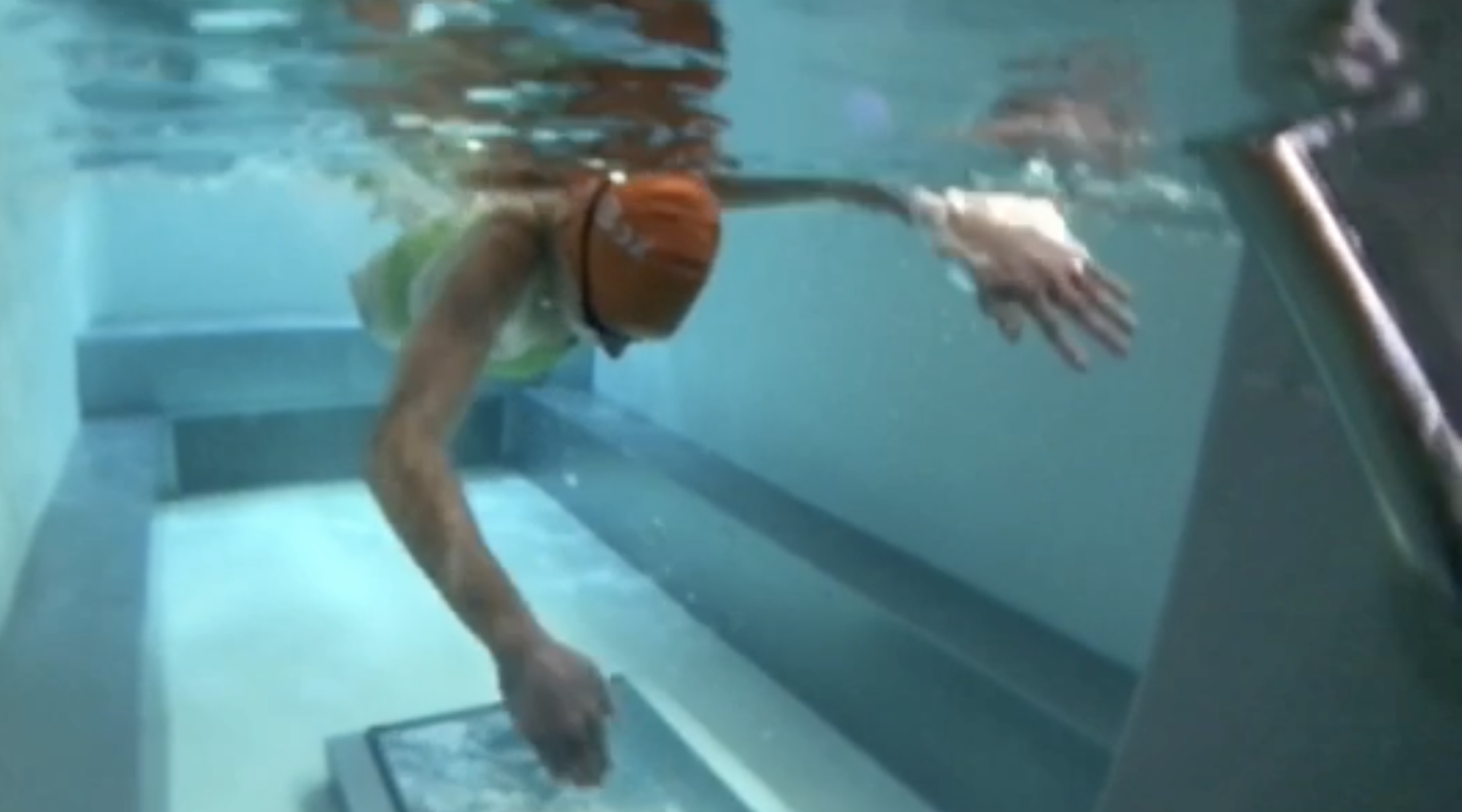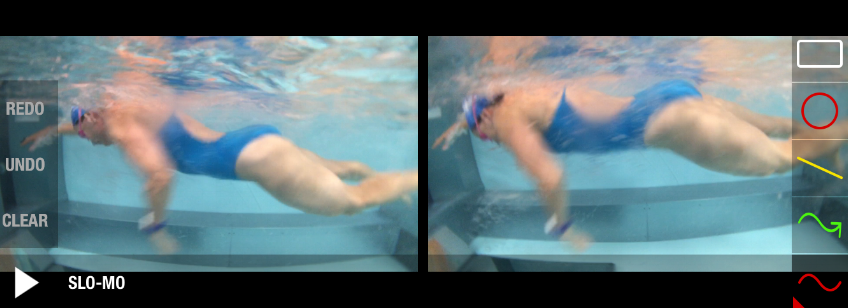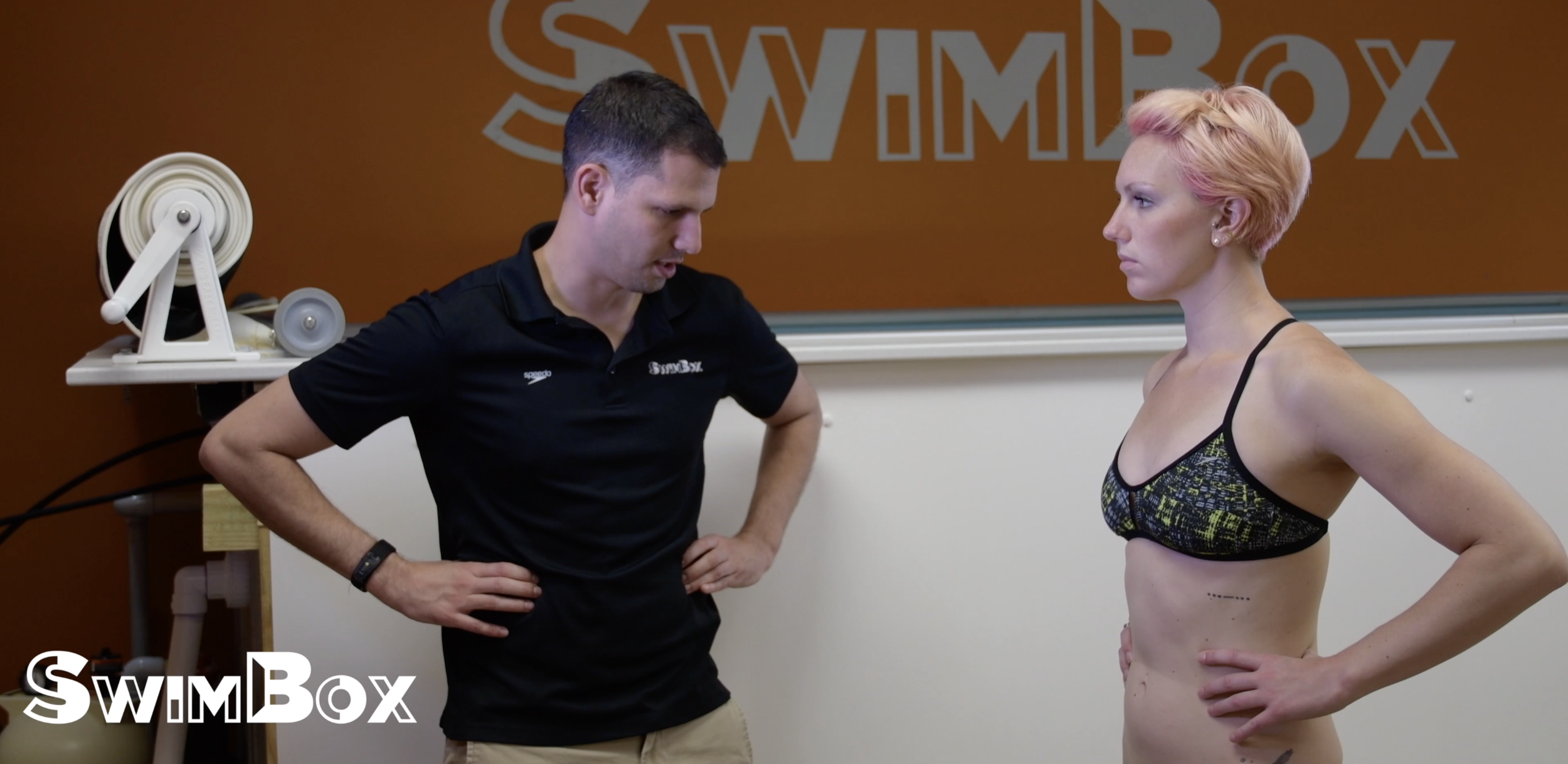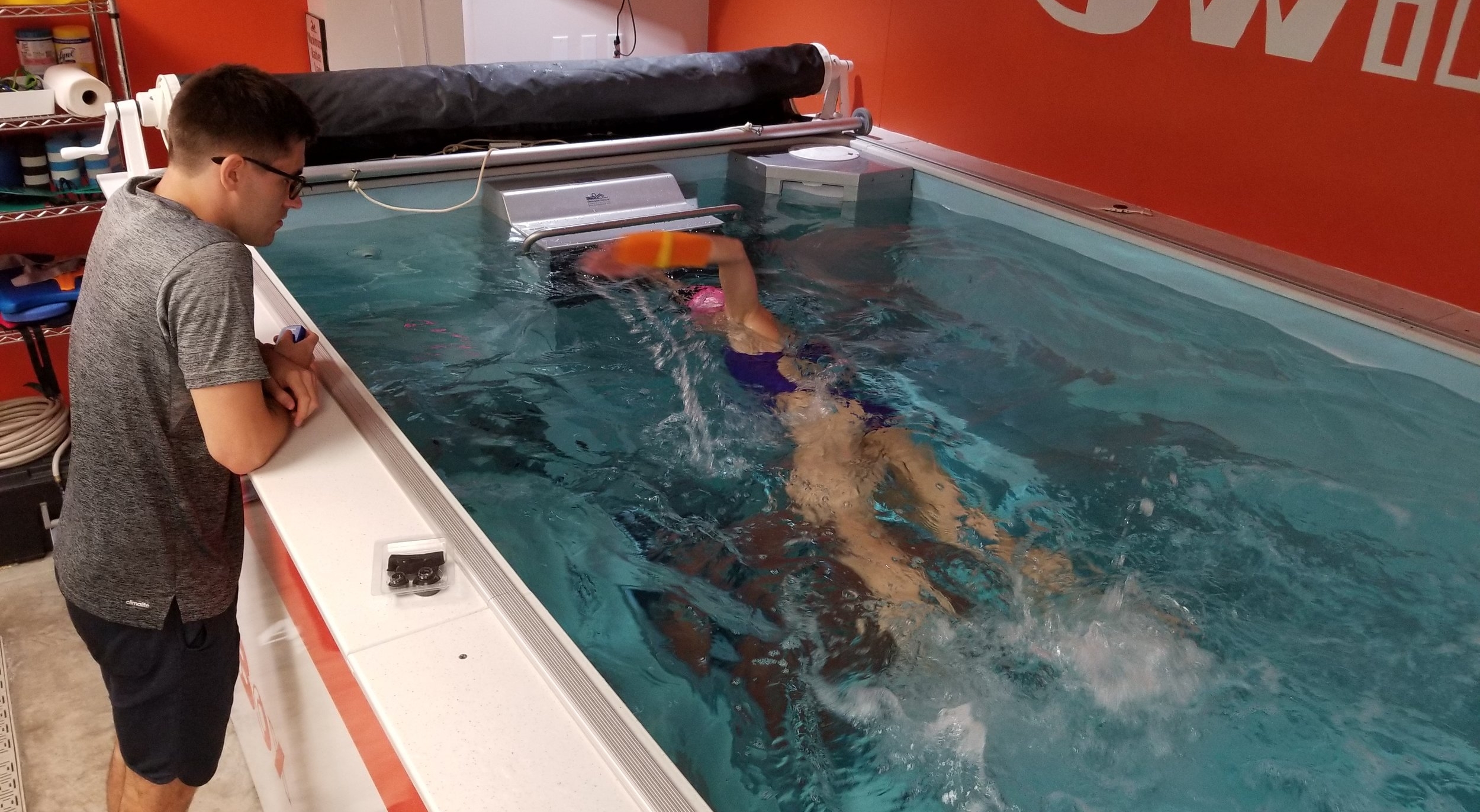If I were to give you a pop quiz right now and ask where the majority of your power is driven from during freestyle, what would your answer be? For the longest time my response would have been “the kick,” but that answer would have given me a failing grade. Any thoughts? Ideas? Guesses? Well the correct answer we’re looking for is “the catch and pull.” If that’s what you were thinking woot woot! Give yourself a high five and a pat on the back for me. While you’re at it, maybe grab a cookie or two as well, you earned them. Hopefully this helps you understand why soooo so many of my posts are about proper catch, but let’s dig a little deeper while I have your attention.
If the catch and pull are ohh so important, how do we go about making sure they’re done properly and effectively? The biggest key? Keeping your elbow forward and up. That’s it, nice and simple. Okay thanks for checking in everyone, have a great day!
Ha, okay, sorry, sometimes I really think I’m just hysterical. But really, keeping your elbow forward and up, let’s break it down. I like to say forward and up as opposed to just up because that tends to give people the wrong impression. You want your elbow to stay on the same plane as your body during your catch, pull, and recovery. I NEVER want you to lift your elbow upwards during any of these movements. Why? Doing so will actually bring your arm behind your back, prevent your shoulder blade from gliding up and down properly, and put the power into your shoulder joint, eventually leading to injury. So what does a dropped elbow vs a properly forward and up elbow look like? Take a look at the image below. The dropped elbow is on the left, and the correct elbow is on the right.
The dropped elbow on the left is pulling ZERO water as it moves through to the pull phase. Whereas the forward and up elbow on the right has created a paddle from the fingertips to the elbow to push back against the water to propel you forward. This is a great image to show just how little help your pull is giving you when you drop your elbow. No paddle is being created, and almost zero propulsion is gained from swimming this way.
This is where the word “forward” is really helpful. Think of yourself in the pool, swimming nice and easy freestyle. If I were to tell you to swim, but to make sure your elbow being brought forward is what’s going to bring your arm around during your recovery, now you would know what I mean. Having your elbow be the lead for your arms, as opposed to your hands, will help you keep your elbow in the proper position. This also helps you enter the water already set to start your catch, as opposed to having to set it up after your hand enters the water, therefore wasting time and also missing out on making the most of your paddle with your hand and forearm.
This movement probably sounds pretty simple, but it takes A LOT of practice to get this right. I still have workouts dedicated to just this movement, spending 1-2 hours focusing on how to get this just right. And when I get tired, I tend to go back to my old habits, not good. When you go to work on this start a little at a time to prevent the impending frustration. Just like with all movement corrections in swimming, you have to work on this over and over again before it will start to become a habit. Even when you think you’re doing it all the time, keep practicing! This is the biggest component to having a strong and efficient freestyle, so don’t skip working on this!
Take a look at our video to see what a dropped elbow vs a forward and up elbow look like in motion!














